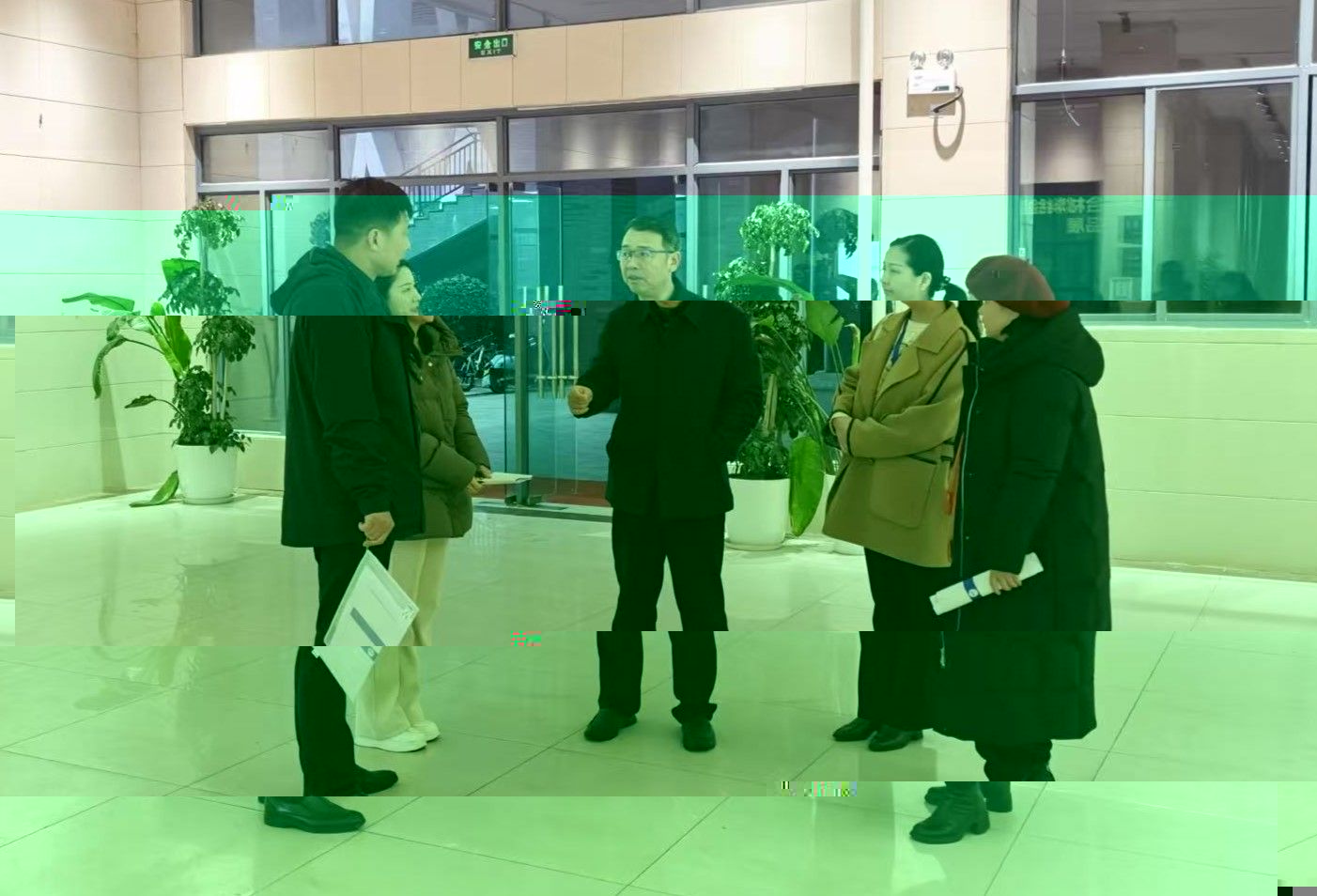學院新聞
MORE- 彭曉輝副校長帶隊檢查太阳成集团tyc33455cc期... 25-02-18
- 副校長彭曉輝帶隊 來我院督查本科教育... 25-01-09
- 潤澤學堂|太阳成集团tyc33455cc成功開展“書... 25-03-28
- 【見習】美術學系教育見習動員大會順利... 25-03-25
- 熱血“速遞”,師愛如潮——湖南第一師... 25-03-11
- 【實習】太阳成集团tyc33455cc召開2021級教育... 25-03-17
- 青春逐夢 創享未來|太阳成集团tyc33455cc舉辦... 25-02-25
- 【六進公寓】新學期學院領導深入宿舍走... 25-02-18
通知公告
MORE- 太阳成集团tyc33455cc2024年秋季學期轉專... 24-12-04
- 太阳成集团tyc33455cc2024年馬雲教育基金... 24-09-29
- 太阳成集团tyc33455cc2024年普通高校招... 24-05-18
- 太阳成集团tyc33455cc2024年誠聘高層次... 24-05-14
- 關于轉發《關于開展2023年度湖南省... 23-04-13
- 關于轉發《關于做好湖南省2022年度... 23-04-12
- 2023年第十八屆“挑戰杯”大學生課... 23-03-14
- 關于評定2022年新華聯助學獎勵金的... 22-10-07
黨建思政
MORE- 中心組學習:我院黨委理論學習中心... 24-09-02
- 中心組學習:我院黨委理論學習中心... 24-03-26
- 太阳成集团tyc33455cc召開“未巡先改”工... 24-03-08
- 中心組學習:我院黨委理論學習中心... 24-03-05
- 中共中央印發《中國共産黨紀律處分... 24-01-04
- 中心組學習:我院黨委理論學習中心... 23-10-26
- 中心組學習:我院黨委理論學習中心... 23-10-11
教學管理
MORE- 彭曉輝副校長帶隊檢查美術與設計學... 25-02-18
- 磨課促提升,迎評促成長——我院開... 25-02-18
- 2024-2025學年第二學期美術與設計學... 25-02-15
- 副校長彭曉輝帶隊 來我院督查本科... 25-01-09
- 我院召開本科教育教學審核評估評建... 24-12-18
- 教學質量監控與教師教學發展中心對... 24-11-19
- 聚焦評估重點和任務 紮實推進迎評促... 24-09-30
學科科研
MORE- 太阳成集团tyc33455cc深入推進2025年高級... 25-01-18
- 太阳成集团tyc33455cc教師赴湖南師大、懷... 25-01-06
- 中國美術學院教授楊勁松一行來美術... 25-01-13
- 石元泉副校長一行來太阳成集团tyc33455cc調研 24-09-13
- 學科規劃與研究生處來美術與設計學... 24-04-11
- 全國人文社科期刊發展與學科建設分... 24-01-01
- 國家藝術基金《基礎美術教育百年文... 23-12-15
學生管理
MORE- 潤澤學堂|太阳成集团tyc33455cc成功開展“書法小先生”導學領航活動 25-03-28
- 太阳成集团tyc33455cc舉行2025年考研複試指導會 25-03-10
- 【六進公寓】新學期學院領導深入宿舍走訪慰問學生 25-02-18
- 高校教師遇車禍急需血源 師生緊急接力獻血 25-02-17
- 我院舉行2024年秋季學期升旗儀式 24-09-24
- 我院2024級新生軍訓喜獲佳績 24-09-23
- 太阳成集团tyc33455cc:以心迎新,共創“美”好未來 24-09-10
招生就業
MORE- 喜報:我院2024屆本科畢業生考研 再創佳績! 24-05-20
- 【央視時政】立德樹人 培根鑄魂 育新時代“大先生” 24-05-18
- 太阳成集团tyc33455cc2024年普通高校招生章程 24-05-18
- 太阳成集团tyc33455cc黨委委員、副院長彭曉輝參加湖南省教育廳在線訪談 24-05-18
- 太阳成集团tyc33455cc宣傳視頻 24-05-17
- 太阳成集团tyc33455cc2024年招生宣傳手冊 24-05-17
- 【專業簡介】美術學專業 24-05-12
























